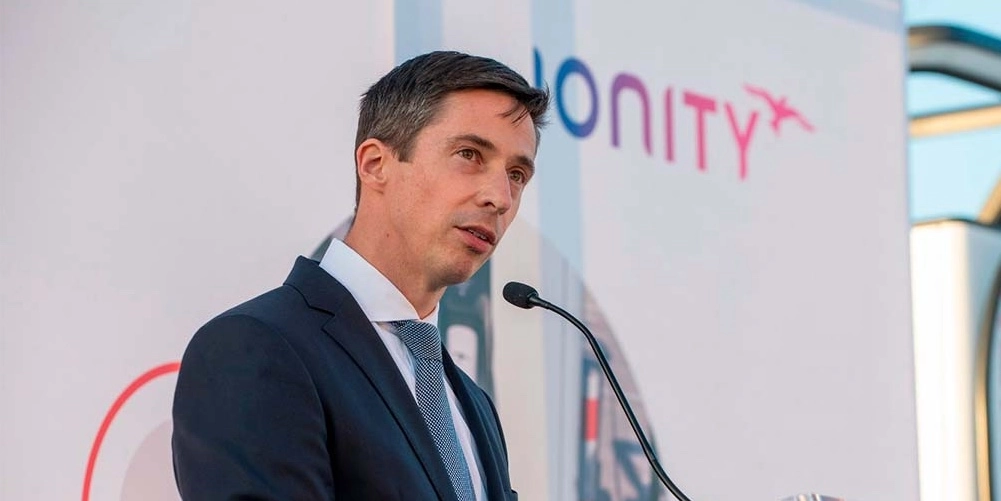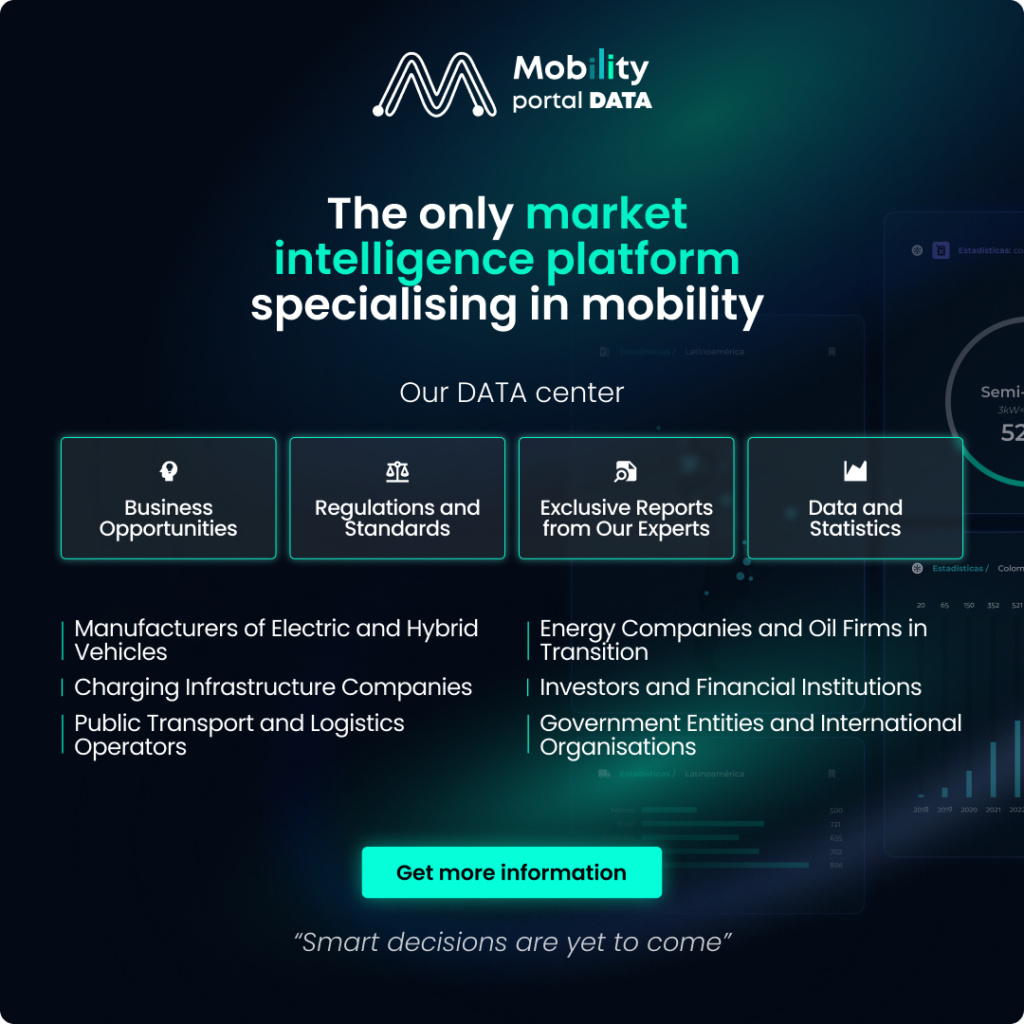In its roadmap for Spanish territory, Ionity outlines an expansion plan that focuses on the Mediterranean coastal area due to its strategic location, but which currently has limited coverage.
So, what is one of the main barriers that the company must overcome?
This is where a project that the company is eager to execute appears: covering the Mediterranean highway that connects the border of France with southern Spain.
“This road belongs to the State, but the problem is that concessions last only five years. The situation complicates us because our investments are very large, and in that time frame, we do not manage to recover them, so it doesn’t make sense to invest there,” explains Allard Sellmeijer, Country Manager.
Ionity’s purpose is to invest in these areas of this style through “large ultra-fast charging projects”.
In this way, they aim to overcome users’ objection when buying an electric car.
That’s why Sellmeijer states: “We want to demonstrate that those who travel long distances will have access to a responsive charging network.”
A regulation paving the way towards sustainable transportation
Recently, the European Union implemented the Regulation on Alternative Fuels Infrastructure (AFIR), marking a milestone in the transition to the eMobility world.
In this context, the organization Transport & Environment (T&E) analyzed the current state of electric vehicle charging infrastructure in Spain.
The data collected showed that meeting AFIR regulations by 2025 will require doubling the deployed charging power.
One of the highlights in the analysis is the need to consider Spain’s geographical and demographic diversity when designing the plan.
Population density, distances between localities, types of buildings, and areas of high influx during the summer periods are critical factors that must be taken into account.
Additionally, the importance of developing specific strategies to facilitate electrification in rural areas is emphasized, as well as in tourist areas, where demand for charging could experience significant seasonal peaks.
To ensure the success of the plan, it is imperative to encourage collaboration between the government, sector companies, and civil society.
“It is essential that at the national level, the implementation of these charging infrastructures is facilitated, otherwise it can be very difficult, especially in rural areas. Everything is hindered by bureaucracy,” indicates the Country Manager of Ionity.
The strategic business model driving Ionity
Currently, the company has more than 600 ultra-fast charging stations spread across Europe.
In Iberia, they have around 50 plugs “because the eMobility market in Spain and Portugal has not yet developed as in other countries on the continent.”
The company has an established business model where the design of its stations is divided into three types: small, medium, and large.
The first and smallest ones are commonly seen in the country. These have between three and six chargers, all with up to 350 kilowatts of power.
Meanwhile, the larger ones that could materialize in the short or medium term have around 24 chargers.
Ionity expects to increase the number of available plugs in the country, including cities like Madrid and Barcelona.
In this regard, Allard Sellmeijer reveals: “We are working with the Barcelona City Council in search of different opportunities with the aim of complementing the ultra-fast charging points in the city.”
With a focus on the articulation between the public and private sectors
For the executive, both spheres, public and private, “are complementary”.
To illustrate the possibilities that arise from this nexus, he specifies:
“We see long-distance travel as well as local traffic, such as taxis, as very interesting. These cars often work 24 hours a day and do not have time for normal charging, so our infrastructure is a solution to this type of need.”
A report by the Business Association for the Development and Promotion of Electric Mobility (AEDIVE) reveals that the taxi sector “represents one of the most promising electrification opportunities”.
There is an electrification plan for the taxi fleet that includes, among other strategies, a “plan for the deployment of public rapid charging infrastructure in the main Spanish cities.”
“It would allow those vehicles that operate throughout the day to have charging availability in a short time frame, making electrification viable and beneficial for them,” explains AEDIVE.







